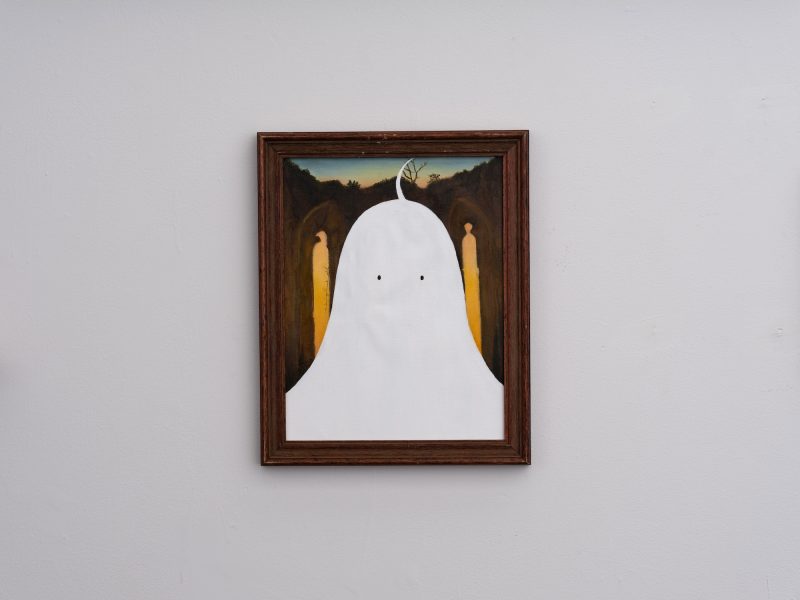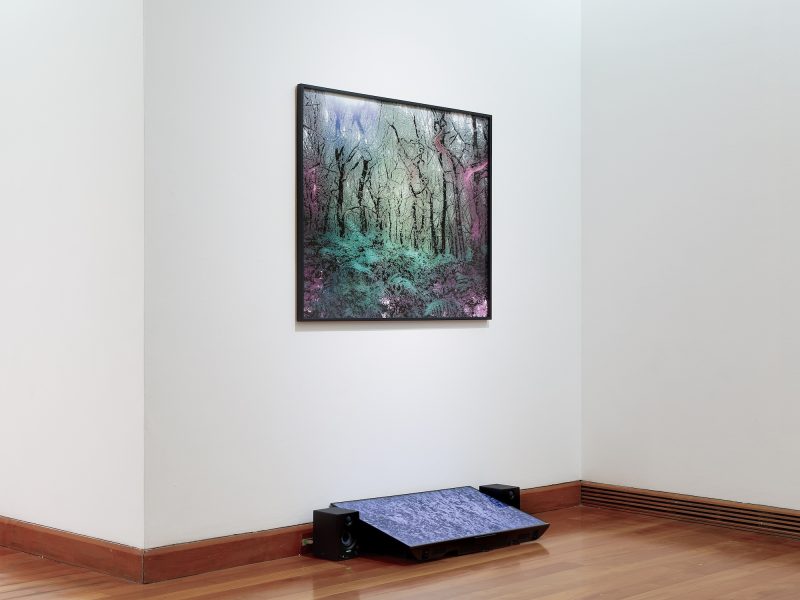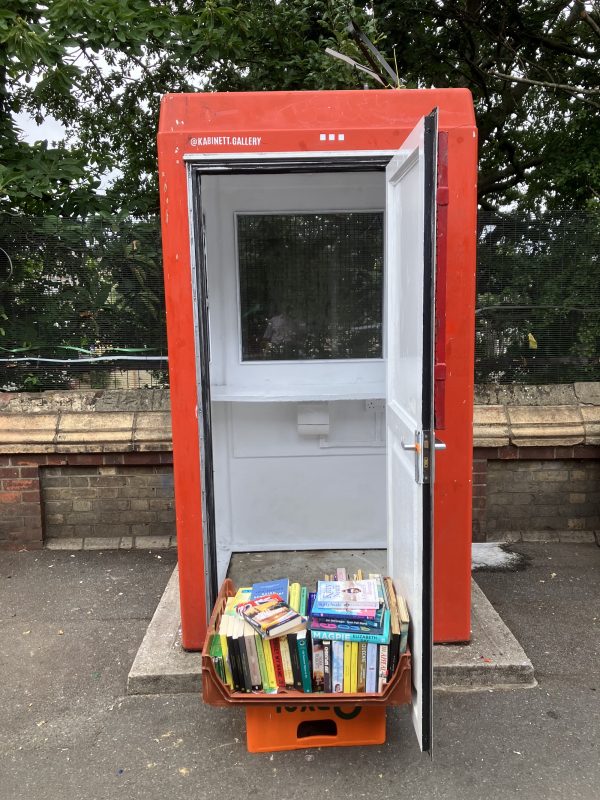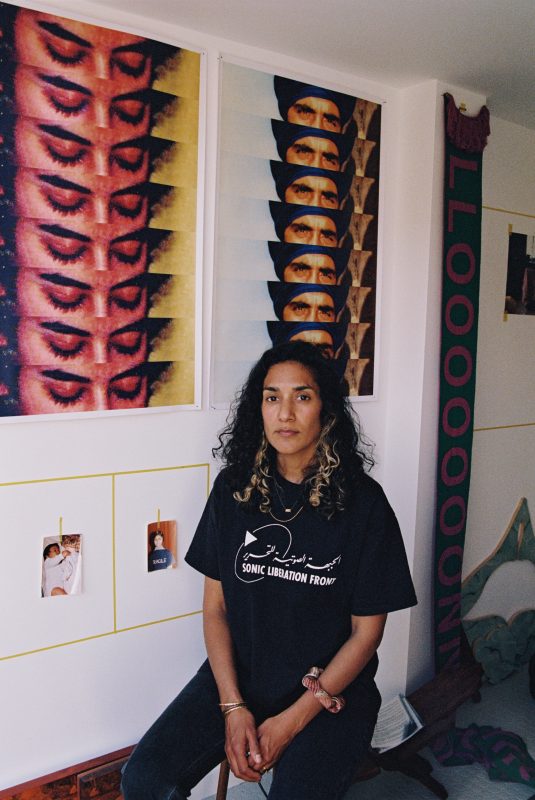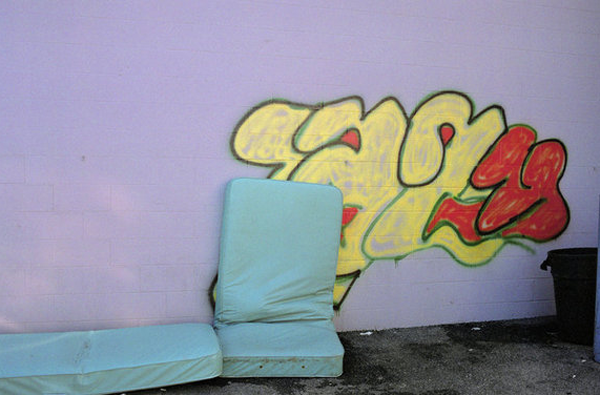
William Eggleston is one of the most influential photographers of the last half-century. Born in 1939, Eggleston has lived and worked in his hometown of Memphis, Tennessee throughout most of his sixty-year career. Hailed as the father of colour photography, his ability to find beauty in the banal has changed the way we look at the world. Along with Gary Winogrand and Lee Friedlander, Eggleston forms part of a generation of post-war photographers whose works liberated the medium from the restrictive rules and conventions of the period. A Southerner raised on a cotton plantation in the Mississippi Delta, Eggleston has created a singular portrait of his native South. His colour prints monumentalise the everyday: the parking lots, diners, motel rooms and lives of the people of his native environment. Behind Eggleston’s deceptive casualness lies an acute and instinctive sense of colour and form, and under his gaze the ordinary is invested with powerful significance.?
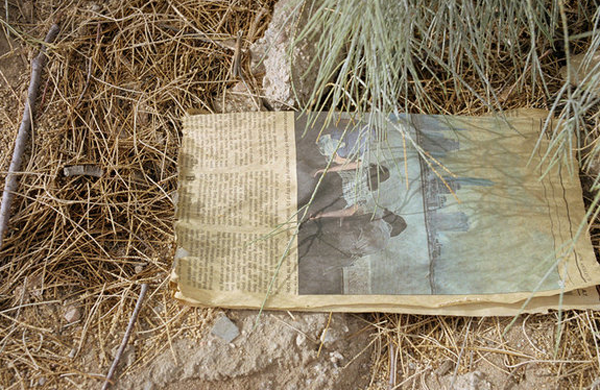
21st Century presents new photographs with increasingly abstracted compositions. Many have collage-like elements – a wreath-toting Santa Claus on a windowpane, close-ups of patterned rolls of vinyl – further manipulating the traditional understanding of “straight” photography. Through abstraction, Eggleston links his photographic work to his work in other mediums. In fact, his concern for a contained pictorial statement, as opposed to a documentary reflection of the world, more closely aligns him to a painter’s artistic practice. His continued artistic exploration – in drawing and photography – informs an oeuvre rich with emotional sensitivity.
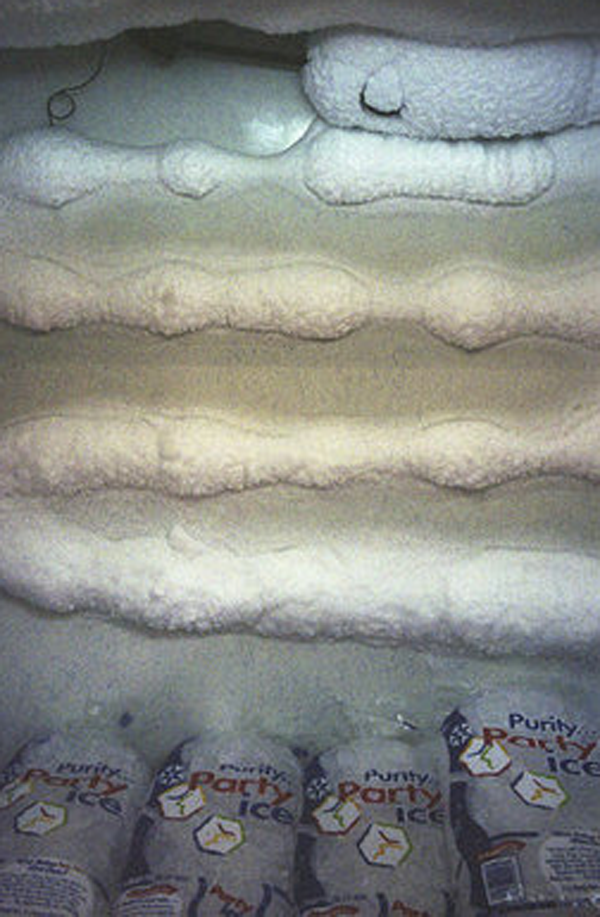
Eggleston’s ground-breaking use of color was both controversial and celebrated at a time when black-and-white was standard for “art” photography. In the mid-1960’s, color photography was mostly used for commercial advertisements and journalism, but had also become accessible to the average consumer, allowing people to take color snap shots of friends and family. Eggleston was deeply inspired by the unplanned compositions of “ordinary” pictures, and saw in them an ability to access an intimacy and narrative voice unguarded by the carefully planned exposures of art photography’s prevailing canon. His images, some 40 years later, continue to offer an intimate and personal sensibility of the world he documents. ?
William Eggleston: Democratic Camera; Photographs and Video 1961-2008, originating at the Whitney Museum of American Art and recently on view at the Corcoran Gallery of Art in Washington, D.C., is set to open at the Chicago Art Institute in February 2010. Currently, a supplement to the ten-year anniversary issue of Journal magazine, released September 2009, features Eggleston’s drawings.
Biographical details:
In 1976, Eggleston received the first solo exhibition of color photographs at The Museum of Modern Art, New York. In 1998, he was awarded the Hasslblad Foundation International Award in Photography. His works have been exhibited extensively at institutions such as Pinakothek der Moderne, Munich (2007), San Francisco Museum of Modern Art (2005), Louisiana Museum of Modern Art, Copenhagen (2004), Fondation Cartier pour l’art contemporain, Paris (2002) and Hayward Gallery, London (2002). An exhibition at the Fondation Cartier in Paris from April – June 2009 presented several of his drawings alongside the photographs that inspired them. In June 2009 The Colourful Mr Eggleston a film by Alan Yentob, was screened on BBC1 as part of the Imagine series.
21st Century by William Eggleston will be on show at Victoria Miro Gallery, London from 15 January to 27 February and at Cheim & Read, New York from 7 January to 13 February 2010.
Victoria Miro, William Eggleston, 6-8pm, info:www.victoria-miro.com
William Eggleston: 21st Century [The Guardian],
[Slamxhype],[ARTINFO]
